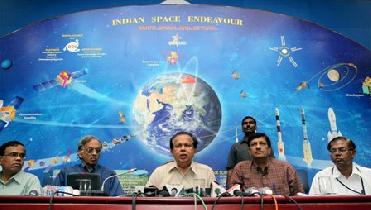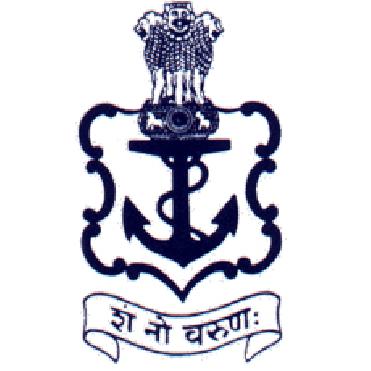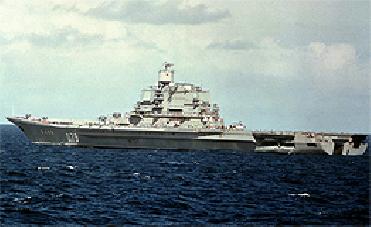
Chairman of ISRO G. Madhavan Nair, with ISRO Directors, speaks about the Chandrayaan-1 during a press conference at ISRO Space centre in Bangalore on Friday.
BANGALORE (PTI): Chandrayaan-I, which put India into a select group of moon-faring nations, is considered as a unique example of global partnership in research as six of its 10 experiments are of international partners, including NASA.
Though a key component of Chandrayaan-I has malfunctioned raising doubts over the duration of the country's eight-month-old maiden moon mission, ISRO today said it had achieved "almost all" objectives of the mission.
The mission was launched on October 22 last year with an objective to prepare comprehensive maps of the moon, including mineralogy mapping and lunar topography.
The maps could be of immense help when Indian Space Research Organisation (ISRO) and other space agencies plan to land spacecraft on the lunar surface or plan to use the moon as a base for future interplanetary missions.
Chandrayaan-I also placed an Indian flag on the lunar surface when the Moon Impactor Probe (MIP) crashed onto the moon soon after its launch.
Of the 11 instruments carried by the satellite, five are Indian, three are from the European Space Agency, two from the US -- including a radar that can search for ice under lunar poles - and one from Bulgaria.
 Previous Article
Previous Article Next Article
Next Article











The Indian Air Force, in its flight trials evaluation report submitted before the Defence Ministry l..
view articleAn insight into the Medium Multi-Role Combat Aircraft competition...
view articleSky enthusiasts can now spot the International Space Station (ISS) commanded by Indian-American astr..
view article